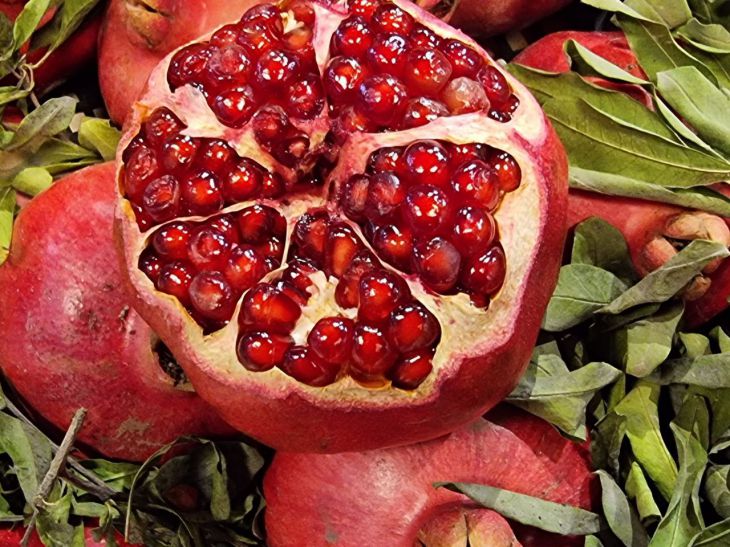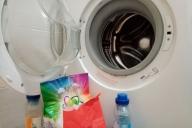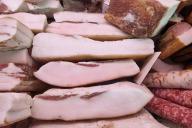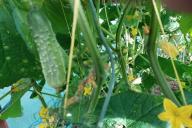The protein that carries oxygen to the nuclear cells and tissues of the body is part of red blood cells and is called hemoglobin.
If the hemoglobin content in red blood cells is insufficient, not only individual organs but the entire human body suffers.
By this concept many mean anemia, that is, iron deficiency. But in vain!

First, you need to consult a specialist: if the hemoglobin level is slightly below the established norm, then you can do without taking medication.
Foods that increase hemoglobin levels will cope with this task; you just need to add them to your menu.
On average, an adult needs no more than one and a half milligrams of iron per day.
These indicators differ among different population groups. Men do not need iron in their bodies as much as women. Children need even less. And young mothers, especially those expecting a baby, need 10 times more iron than usual.
Most iron, which is easily absorbed by the body, is found in animal products. Salmon caviar, sea fish, egg yolks, liver and beef are irreplaceable suppliers of iron.
Iron contained in plant foods is less well absorbed. But their list is much wider.
Pumpkin, beetroot, currant, cranberry, peach, apricot, potato, apple, pomegranate, carrot and tomato will help raise hemoglobin.
This list should include peas, lentils, beans, peanuts, buckwheat, barley, sesame seeds, pumpkin seeds, sunflower seeds, as well as dried apricots, raisins and dates.
Nuts, preferably walnuts, will also help raise hemoglobin. And when combined with honey, their benefits increase.
It is worth noting that basically all products that increase hemoglobin levels have a rich red or dark color.
Earlier we talked about who needs to drink mint tea .








